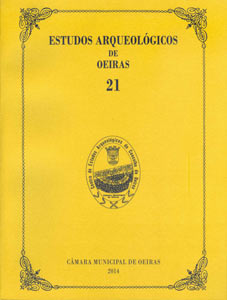A presença campaniforme no território português
Palavras-chave:
Campaniforme, cronologia, Portugal, cultura material, sociedadeResumo
A survey of Bell Beaker manifestations in the Portuguese territory is presented here. Main conclusions are highlighted: 1) Concerning absolute chronology, the most ancient beaker productions can be situated between 2800-2600 BC, either in the North region of the Douro river, or in the Estremadura; 2) Most part of archaeological sites present stratigraphic coexistence of different ceramic productions with decorative patterns and techniques. This is in contradiction with the traditional periodization of the Bell Beaker manifestations that are based upon those stylistic characteristics. On the other hand, in some regions we can observe the almost absolute dominance of diferente styles in some domestic sites that are synchronic, in spite of its spatial proximity, as in the case of eastern region of Alto Alentejo. 3) In the Estremadura, the typological differences observed between the productions from walled sites and open sites, both contemporaneous, suggest that the first ones are the local residence of emergent elites. Open sites were occupied by the segment of the community dedicated intensively and extensively to agro-pastoral activities. 4) Finally, the nature and characteristics of the Ferradeira Horizon and Montelavar Horizon, which corresponds to the transition to the Bronze Age, are discussed.
Downloads
Publicado
Como Citar
Edição
Secção
Licença
Os artigos publicados são da exclusiva responsabilidade dos Autores.
É expressamente proibida a reprodução de quaisquer imagens sobre as quais
existam direitos de autor sem o prévio consentimento dos signatários dos artigos
respectivos.




